Many people think crates are only for dogs, but guess what? Cats can thrive with crate training, too. Crate training a cat provides a safe retreat, helps with trips to the vet and car rides, and eases stress. Most cats feel safer when they have a cozy spot to call their own.
Did you know cats naturally seek out small, quiet spaces when they feel overwhelmed? A crate can give them that same comfort. Stick around because you are about to learn everything you need to know to make crate training easy, stress-free, and even fun for your kitty.
What Is Cat Crate Training and Why Does It Matter?

Cat crate training teaches your kitty to feel calm and safe inside a crate. It helps many cats handle a trip to the veterinary hospital, a car ride, or even changes at home without feeling scared. Crates offer a safe place where cats can sleep, eat, and watch the world without worry.
Unlike crate training dogs, cat crate training progresses slower because cats need more time to feel in charge of their space. Small wins, soft voices, and plenty of treats make all the difference.
Why Crate Train a Cat?
Crate training a cat gives your kitty a safe spot to relax, nap, and reset. Many cats feel more confident when they have a quiet crate all to themselves. It helps with daily life at home, meeting other pets, or sleeping soundly after a busy day. A good crate training plan builds trust, comfort, and peace.
Travel, Vet Visits, and Emergency Situations
Getting your cat used to a crate makes car rides, veterinary hospital visits, and sudden emergencies much easier. A cat that remains relaxed inside the crate stays safer and calmer during bumpy moments. You never know when a quick car trip or a rush to the vet might happen.
With practice, the crate becomes a cozy spot that feels familiar even during chaos. Many cats who train early handle big changes without fear.
Creating a Safe Space for Anxious or Shy Cats
Some cats hide under beds or inside closets when they feel unsure. A crate can offer a better, safe place where your kitty can relax, nap, and watch the room from a cozy spot. Cat crate training helps anxious or shy cats feel more secure by giving them control over their tiny world. Blankets, soft toys, and treats inside the crate make it even more inviting.
Preparing for Cat Crate Training
Before starting crate training a cat, gather a soft blanket, a few toys, and tiny treats. A cat needs a crate that feels like a cozy bed, not a cage. Pick a quiet area where your kitty can relax without too much noise. Creating the right setup makes the whole training plan smoother.
Choosing the Right Size and Type of Crate
Not all crates are the same, and picking the right one makes a big difference for your cat. Here are the main types of crates you can choose from, each with its own perks.
- Plastic Crates. Plastic crates feel cozy and block out most sights and sounds, which helps many cats stay calm. They are sturdy and great for travel, emergency trips, and visits to the veterinary hospital.
- Wire Crates. Wire crates give your cat more room to watch the room and feel part of the action. Covering part of the crate with a blanket makes it feel like a private little house.
- Soft-Sided Carriers. Soft-sided carriers are light and easy to carry, making them perfect for quick car rides. They are best for calm cats because scratchers might tear the fabric.
- Furniture-Style Crates. Furniture-style crates blend into your home and double as tables or cabinets. They work best for cats who already feel relaxed and love cozy spots.
Where to Place the Crate in Your Home
Set the crate in a quiet area where your cat feels safe but can still watch the room. A bedroom or living room corner works better than a busy hallway. Keep the crate door open so the cat can come and go at first. This helps build trust and turns the crate into a favorite spot.
How to Crate Train a Cat Step-by-Step
Crate training a cat does not have to feel tricky or stressful. With small steps and a little patience, you can teach your kitty to love their new safe place.
Here is a simple plan that shows you how to move from crate-open curiosity to confident, cozy naps inside.
Step 1: Leave the Crate Open and Accessible
Set the crate in a quiet corner where your kitty can feel safe and comfortable. Leave the crate door open and let your cat sniff, peek, and even walk inside the crate at their own pace. Adding a soft blanket on the floor makes it even more welcoming. Many cats need time to trust this new space. Keep the crate in the same spot for now and stay close to watch their behavior.
Step 2: Encourage Exploration With Treats and Toys
Once your cat begins stepping inside the crate, toss a few tiny treats or toys near the entrance. This makes the crate feel like a happy, rewarding place. A small litter box placed nearby can also give your kitty extra comfort. Praise your cat with a soft voice every time they walk closer. With enough practice, many cats will start wandering inside the crate just to find the next surprise.
Step 3: Begin Closing the Door for Short Periods
When your cat seems calm inside the crate, gently close the crate door for a short time. At first, keep the door closed for just a minute or two while offering treats through the crate bars. Watch your cat’s body language carefully to make sure your cat remains relaxed. If they look comfortable, open the door and let them out right away. Keep sessions short and make it easy to build trust.
Step 4: Extend Crate Time Gradually
As your kitty grows more relaxed inside the crate, slowly extend the time the crate door stays closed. You can start with five minutes, then ten, while offering treats or soft toys for comfort. Practice while your cat is sleepy or after eating to make it easier. A nap inside the crate shows huge progress. Before long, many cats will treat the crate like a second bed or safe place.
How to Promote Comfort and Calm in the Crate

Helping your kitty feel safe inside the crate can turn training into a much smoother process. Simple touches can go a long way in helping your cat feel calm and love their cozy crate.
- Use Familiar Bedding and Scents. Place a favorite blanket or soft bed inside the crate to make it feel like home. Take a cloth, rub it on your cat’s cheeks, and leave it in the crate to add comforting scents. Familiar smells help your kitty feel like the crate belongs to them.
- Keep Feeding and Treat Times Near the Crate. Offer meals and treats close to the crate to build positive feelings around it. Many cats start to view the crate as a safe place linked to good experiences. A feeding routine nearby can help even shy kitties feel more at ease.
- Try Soothing Sounds and/or Natural Calming Aids Like CBD. Playing soft music or nature sounds can lower stress for many cats, especially during crate training. CBD Cat Treats and CBD Calming Chews, like those we offer, may provide extra support by promoting natural calmness without any harsh additives.
- Add Favorite Toys Inside the Crate. Place one or two soft toys inside the crate for your kitty to cuddle, bat, or sit next to. Familiar toys remind your cat of playtime and comfort, easing any nervous behavior. Having a small litter box nearby also helps if you plan to leave the crate open for longer periods.
- Keep the Crate in a Quiet Area. Pick a quiet area where loud noises, other pets, or foot traffic will not disturb your cat. Many cats settle faster when they can nap, eat, and watch the room without surprises. A peaceful spot builds trust and makes crate training feel easy.
Additional Crate Training Tips and Tricks for Cat Owners
Crate training a cat gets easier with a few extra tricks. Here are simple tips to make crate time, traveling, and training even smoother for your kitty.
- Rotate toys inside the crate to keep it interesting
- Offer food near the crate or right inside to help your cat build positive feelings
- Use a soft, calm voice when interacting near the crate
- Cover the crate partially with a blanket for a den-like feel
- Avoid eye contact when encouraging crate time to reduce pressure
- Let your cat enter and exit freely between training sessions
- Introduce the crate during play or rest times, not just travel
- Clean the crate regularly to keep it inviting and odor-free
- Use a crate-specific cue word or phrase (like “crate time”)
- Observe your cat’s body language to adjust the training pace
With the right approach and a little patience, your kitty will soon see their crate as a cozy, safe place they love to call home.
Signs Crate Training Is Working Well
Crate training a cat should feel natural and low-pressure for both you and your kitty. If your cat begins to show any of these signs, you are on the right track:
- Voluntary entry into the crate without coaxing
- Relaxed body posture while inside the crate
- Calm behavior like sleeping, playing, or gentle watching
When many cats reach this stage, the crate becomes a truly safe place that they enjoy every day.
Common Crate Training Mistakes to Avoid
Crate training a cat works best when it feels easy and positive. Rushing or using the crate the wrong way can undo your hard work. Keep your training plan gentle, steady, and full of treats.
Forcing Entry or Using the Crate for Punishment
Never push your cat inside the crate or slam the crate door shut. Many cats will fear the crate if they feel trapped or punished. Instead, let your kitty walk inside the crate at their own speed and offer treats to build happy feelings.
Moving Too Quickly Through Training Steps
Jumping ahead too fast can confuse your cat and cause setbacks. Each step in your training plan should feel easy before moving on to the next one. Spending a short time on each part helps your kitty stay relaxed and confident inside the crate.
Final Thoughts on Crate Training a Cat
Crate training a cat takes time, patience, and a little creativity, but the rewards are worth every minute. With the right setup, tasty treats, and lots of gentle practice, your kitty can feel safe and happy inside their cozy crate. Always move at your cat’s pace and celebrate every small success.
Adding soothing touches like HolistaPet’s CBD cat treats or calming chews can make the process even smoother. HolistaPet also offers care products for dogs, making it easy to support all the pets in your house. A crate should always feel like a safe place where your cat can nap, watch, eat, and relax.







![Probiotics For Dogs [Soft Chews] - HolistaPet](http://www.holistapet.com/cdn/shop/files/Probiotic-Infographic-1_472d7a29-e30c-435a-9638-1365d8c3a9f9.jpg?v=1725384841&width=104)










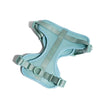
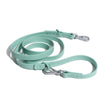

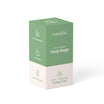
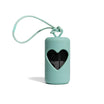





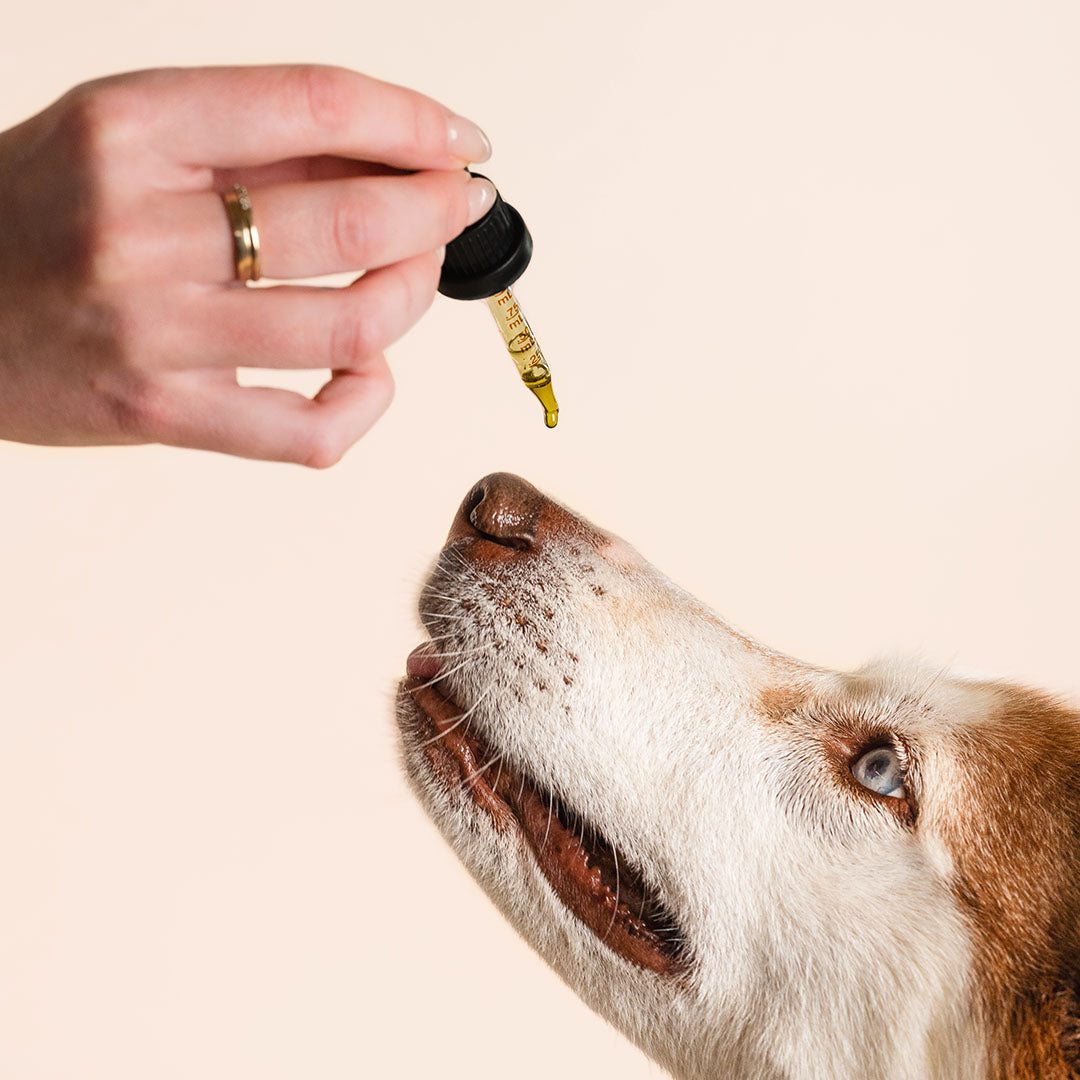





Leave a comment
All comments are moderated before being published.
This site is protected by hCaptcha and the hCaptcha Privacy Policy and Terms of Service apply.